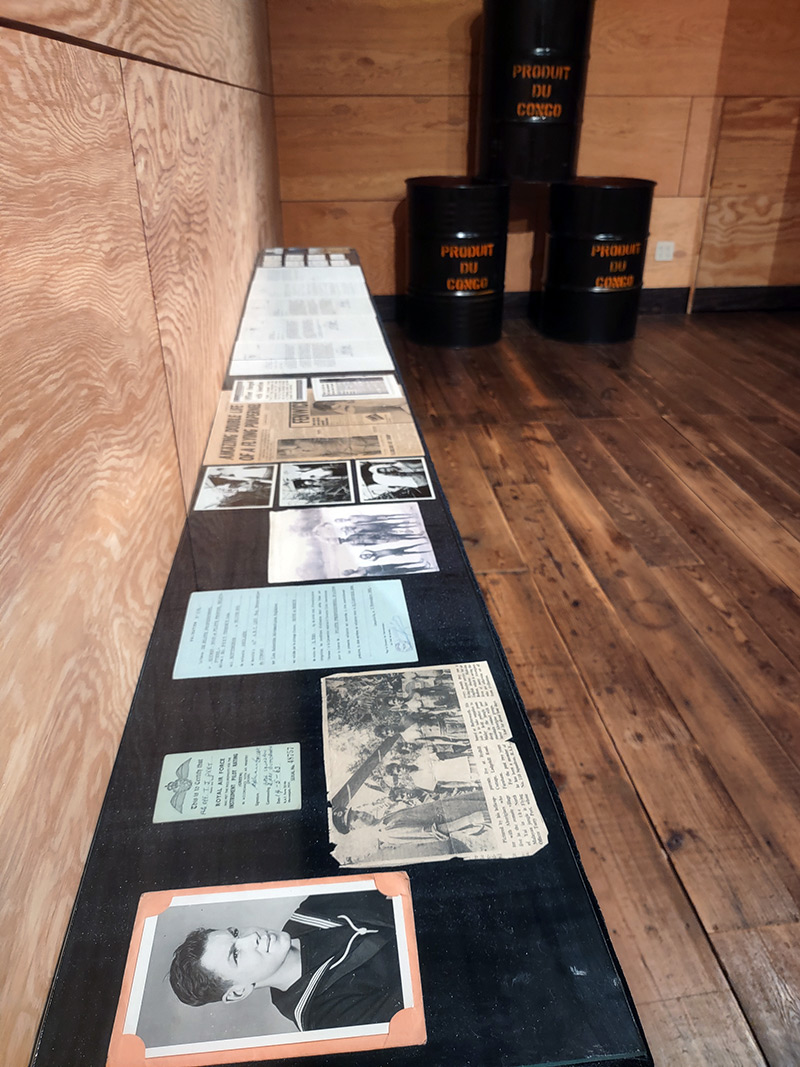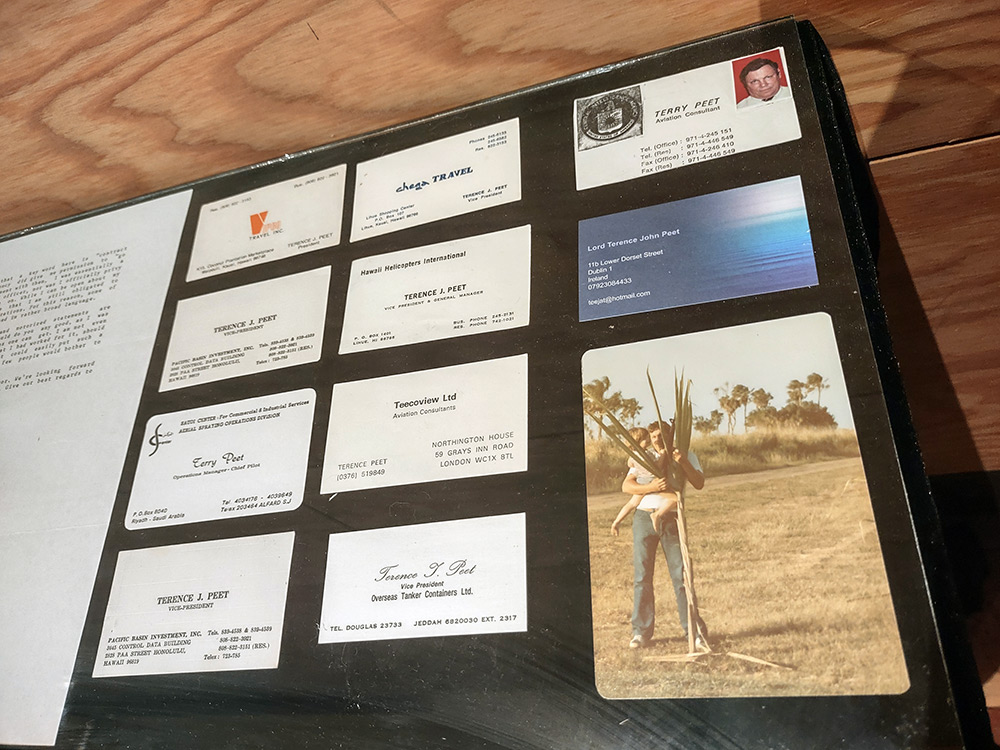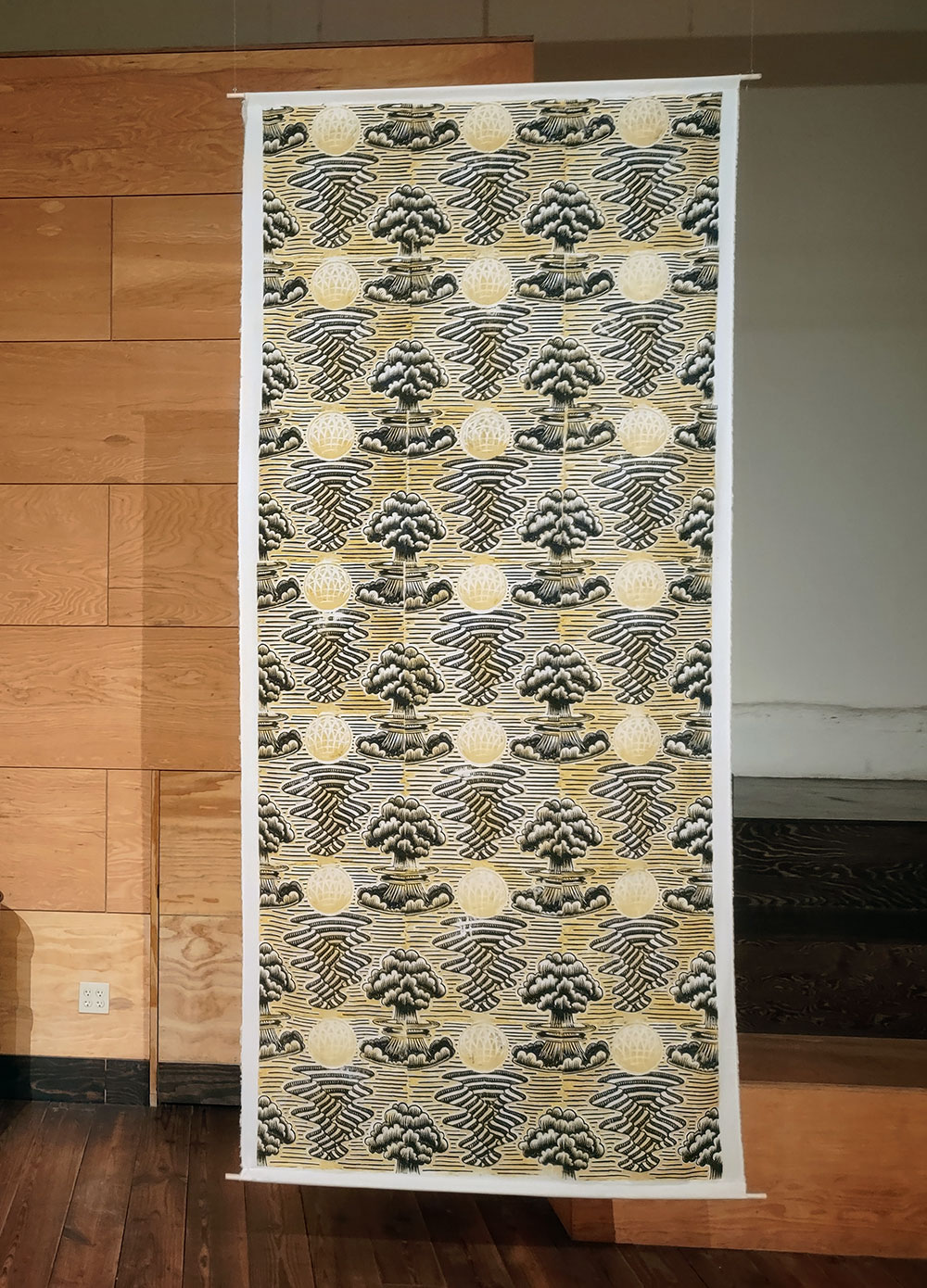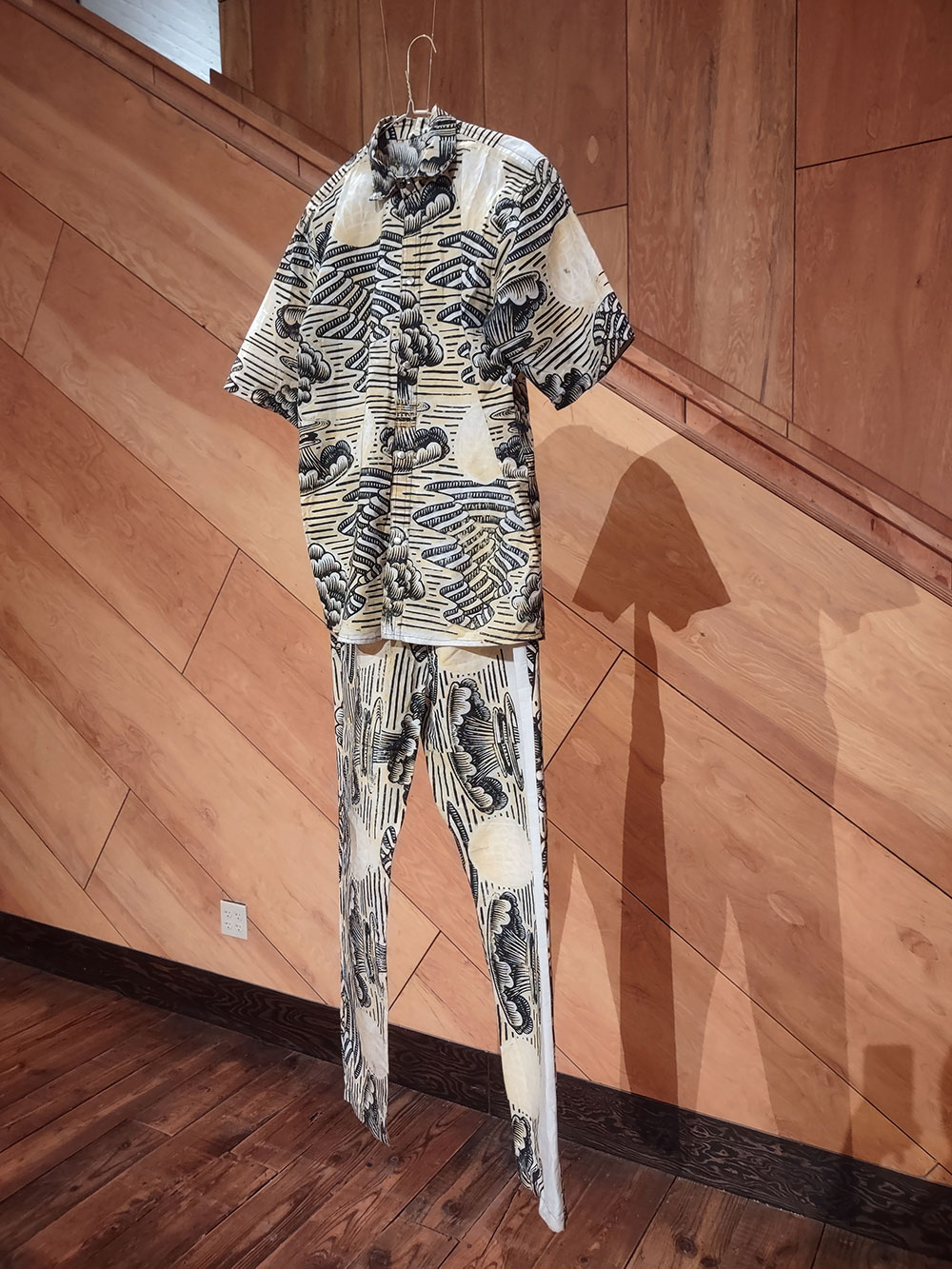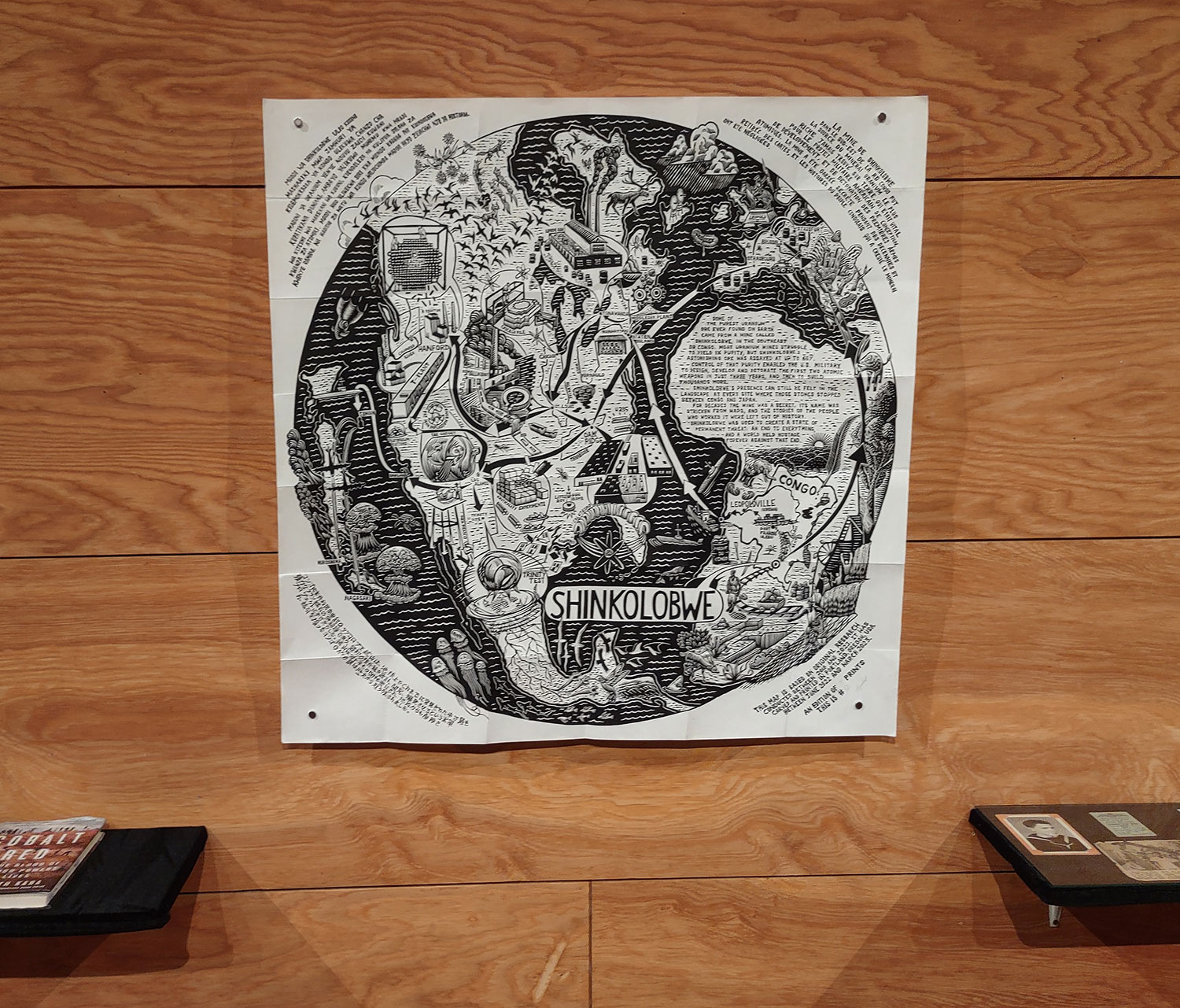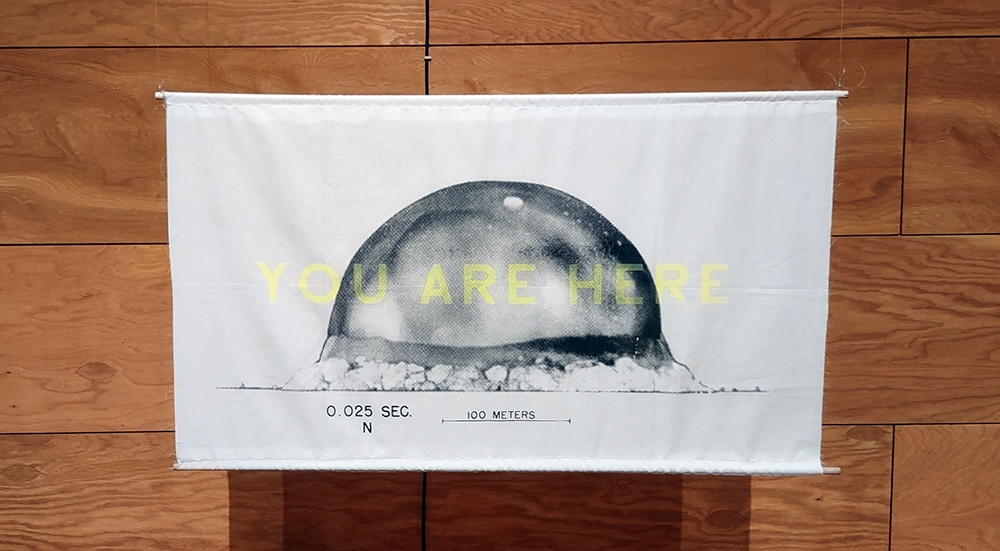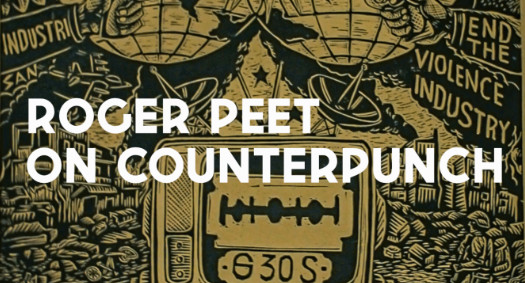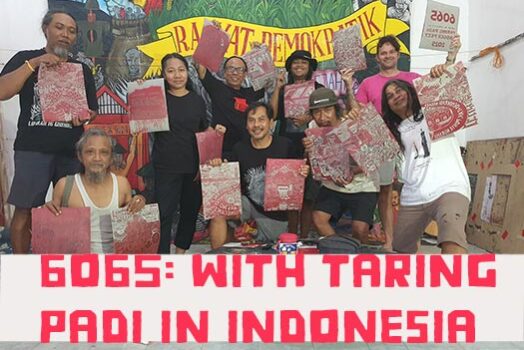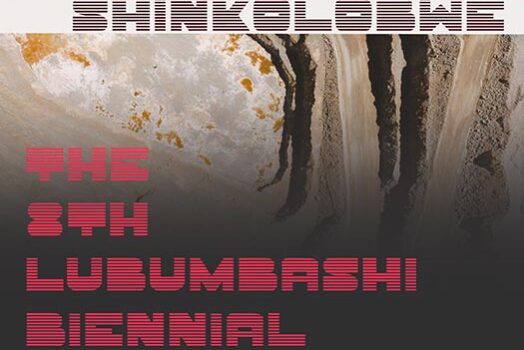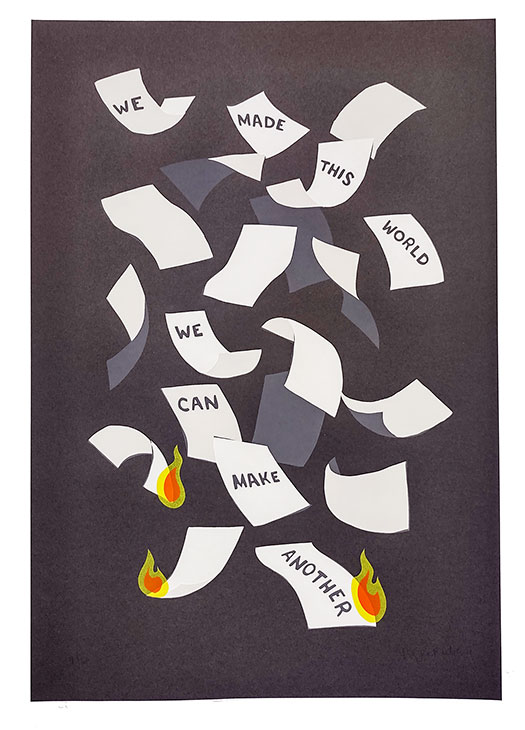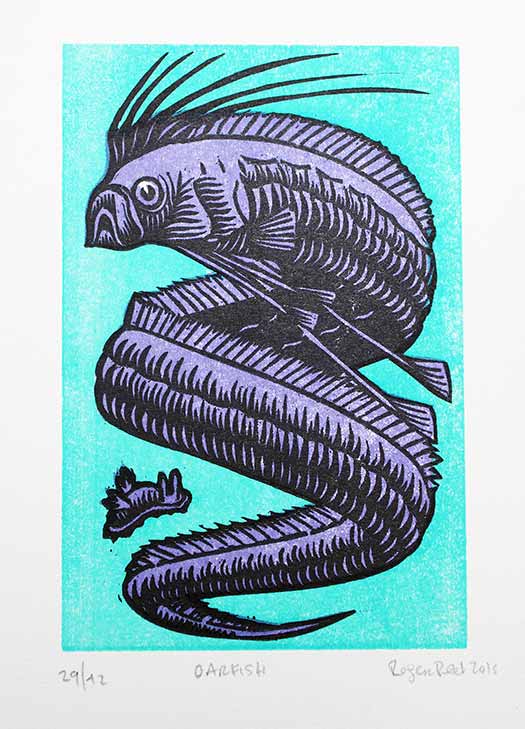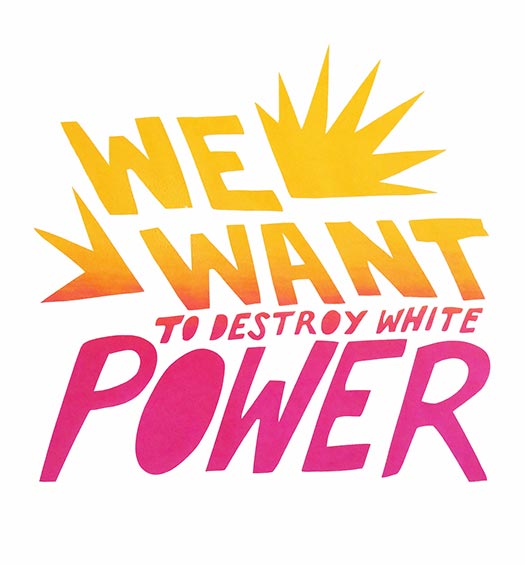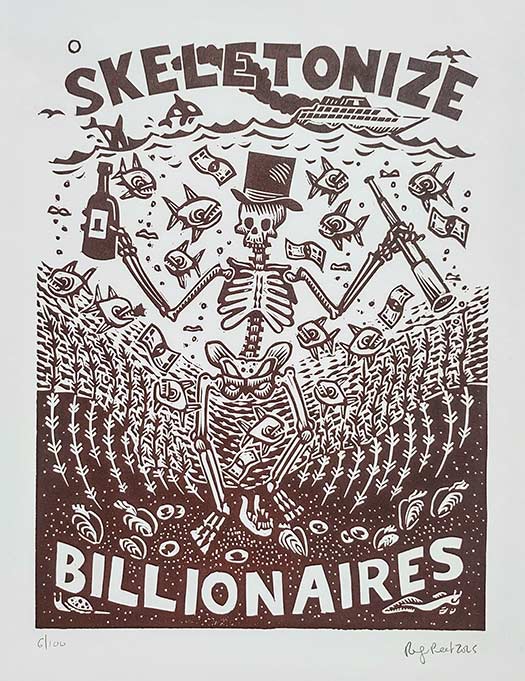
In April I had the honor of showing the body of work that surrounds the big Shinkolobwe map in an exhibit entitled “Dig Up The Sun” at Watershed Arts and Ecology in Chicago’s Pilsen neighborhood. Watershed is the project of Brian Holmes and Claire Pentecost, and hosts a variety of exhibits and lectures on the intersection of ecology and politics. It was the perfect venue for this show! A zine produced to accompany the exhibit is here.
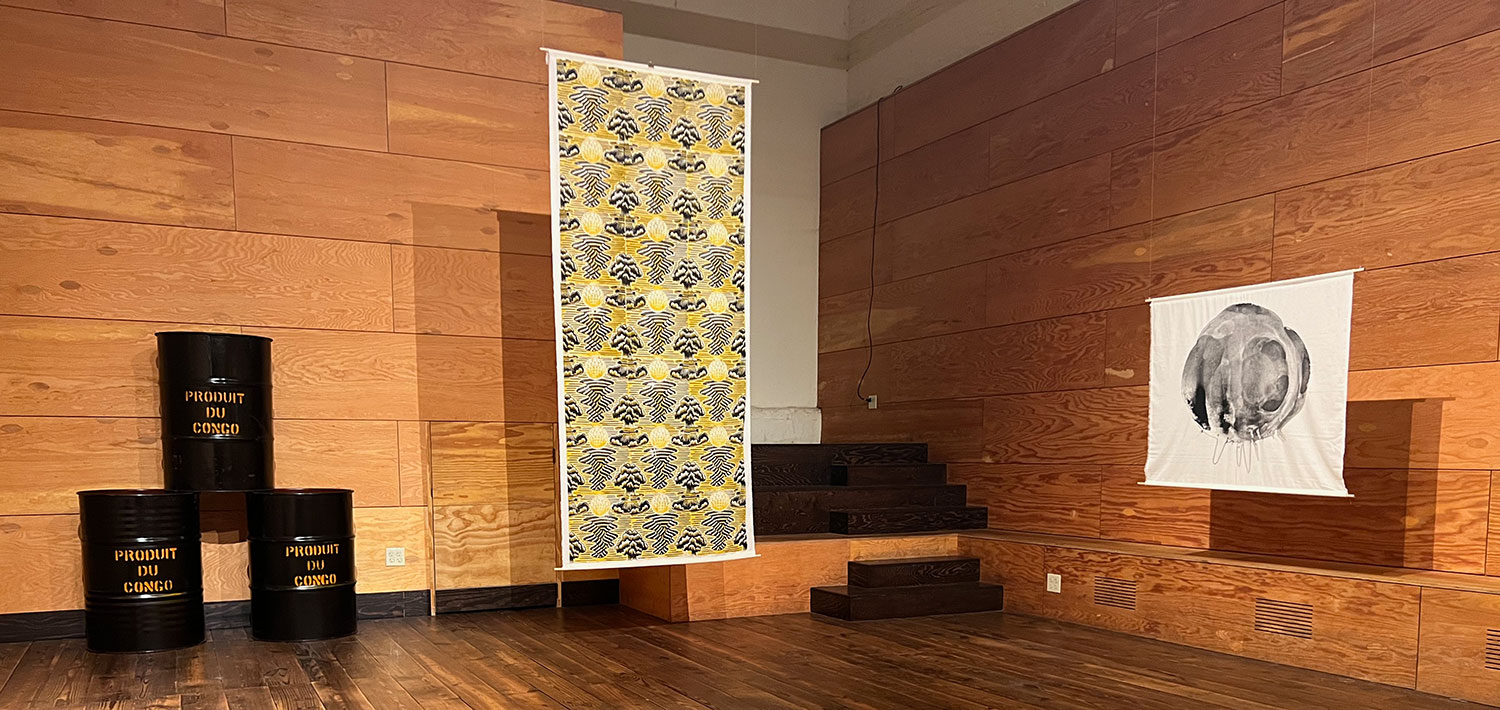
While I was in town installing the show, I persuaded Brian to take me around town to a few of the sites which are featured in the map, which traces the use of uranium from DR Congo’s Shinkolobwe mine in the Manhattan Project. First stop was the University of Chicago, a deeply evil institution which gives off a palpable aura of menace. The first sustained nuclear chain reaction was achieved here, in a makeshift lab under the bleachers of a sports field in 1942, and is commemorated with a bronze plaque and an imposing sculpture by Henry Moore. The sculpture draws rather obviously from the shapes of the rapatronic photographs of the first microseconds of nuclear explosions which are a part of the exhibit.
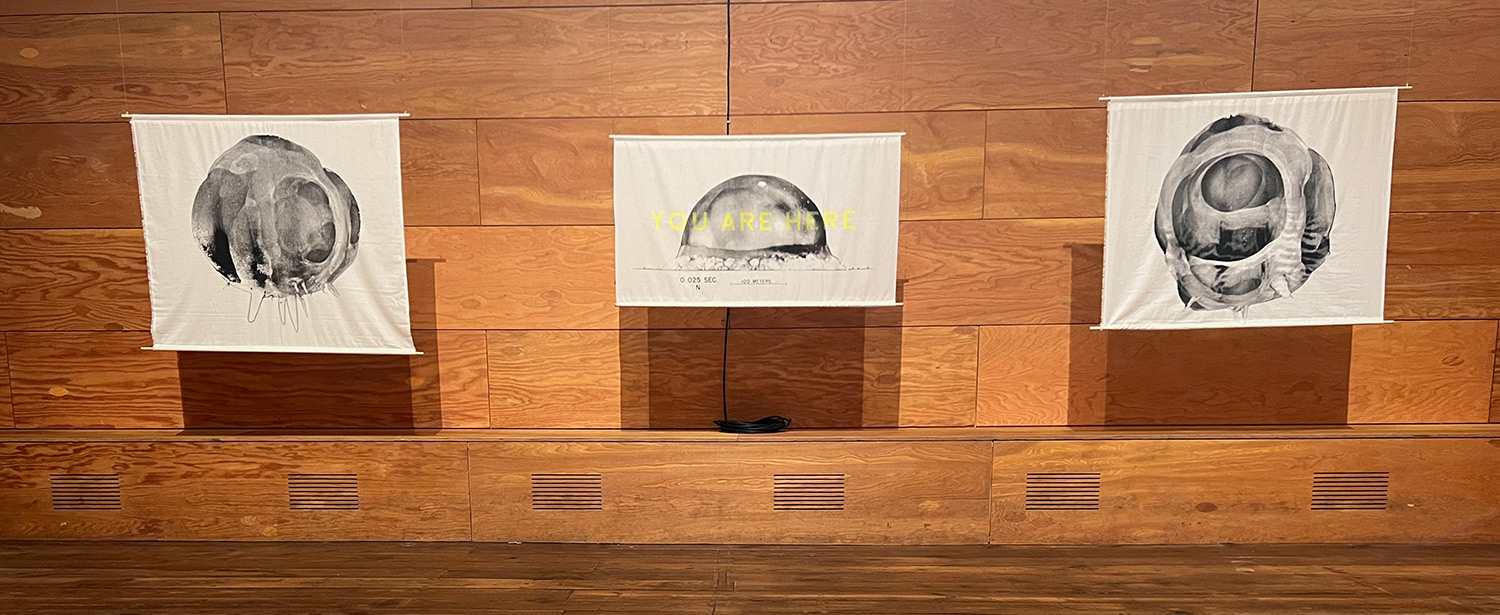
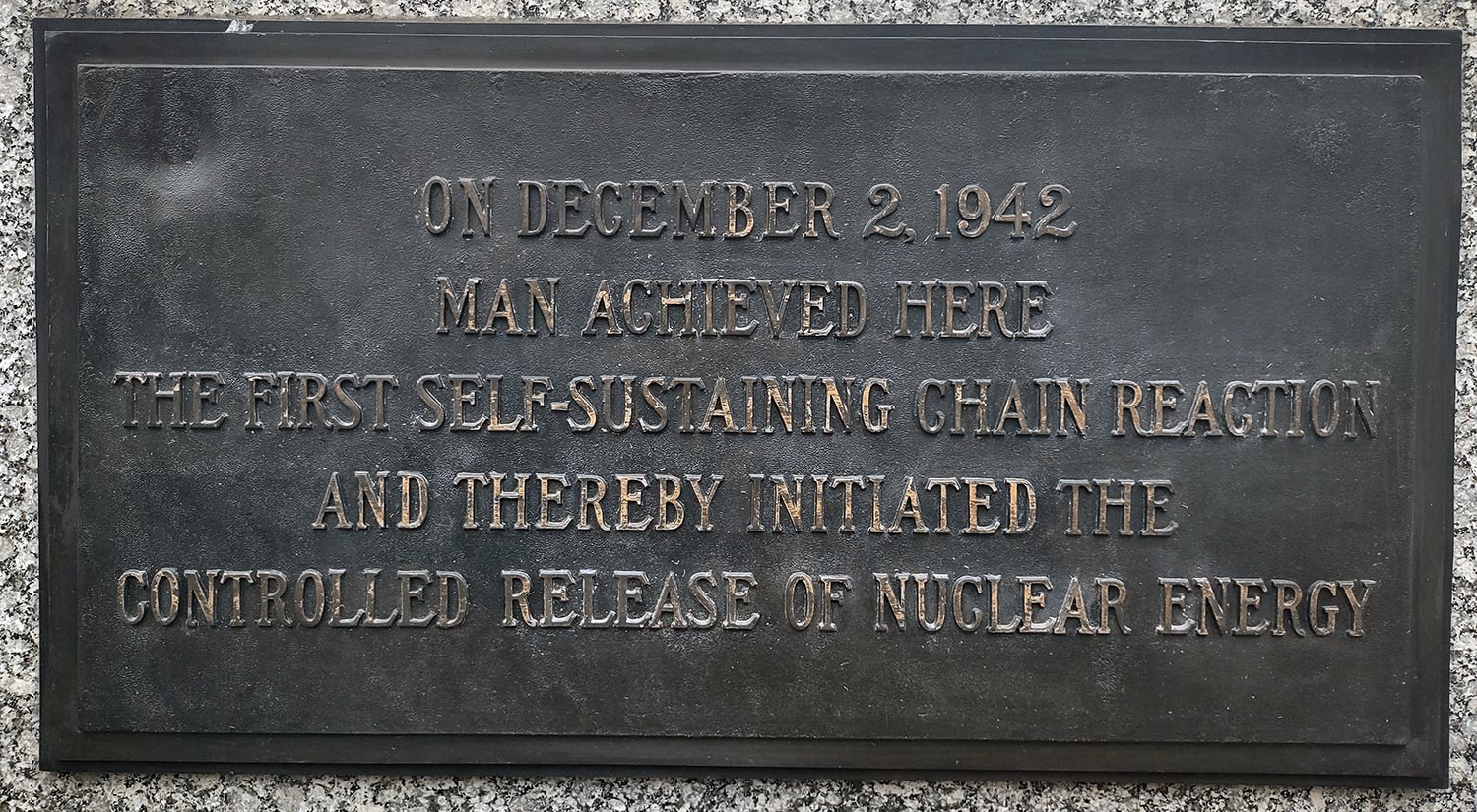
We also traveled out to the western post-suburbs of Cook county to visit the site of the former Argonne national Laboratory, where the University reactor was moved after the scientists realized they needed somewhere more private and isolated to work. We searched through the clear, open forests for the stone blocks that mark the sites where the reactors were buried after the lab was decommissioned. These ominous monoliths bear the same kind of shrugging unconcern that you find throughout the aftermath of the Manhattan Project, an attitude that seems to say that they tried to clean up the mess they made but it doesn’t really matter, and you shouldn’t worry your pretty little head about it. Brian told me the story of trying to photograph another site of Manhattan Project waste disposal in Ohio, and of the rather sinister reaction his efforts to document the site produced from the facility’s security detail.
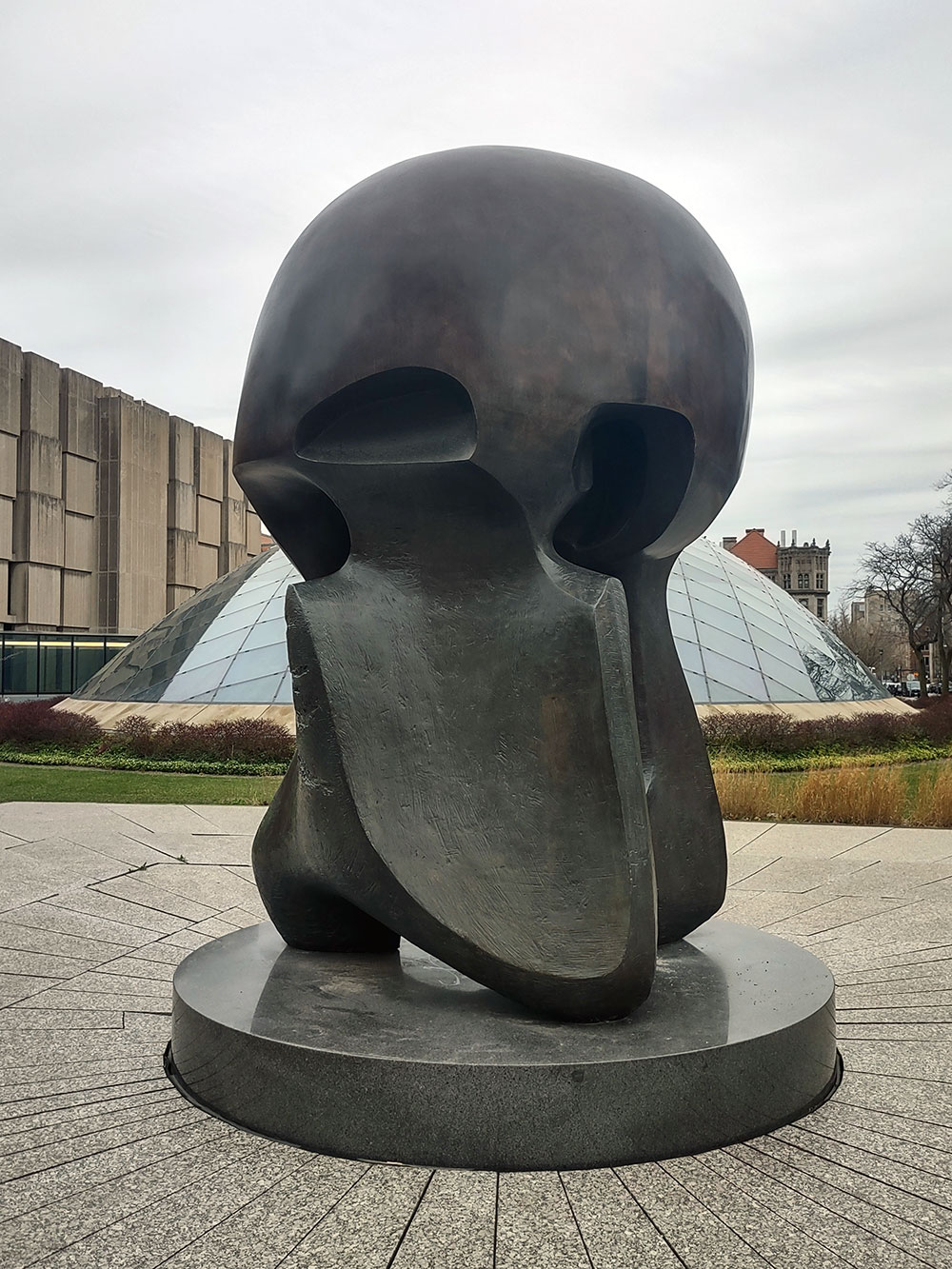
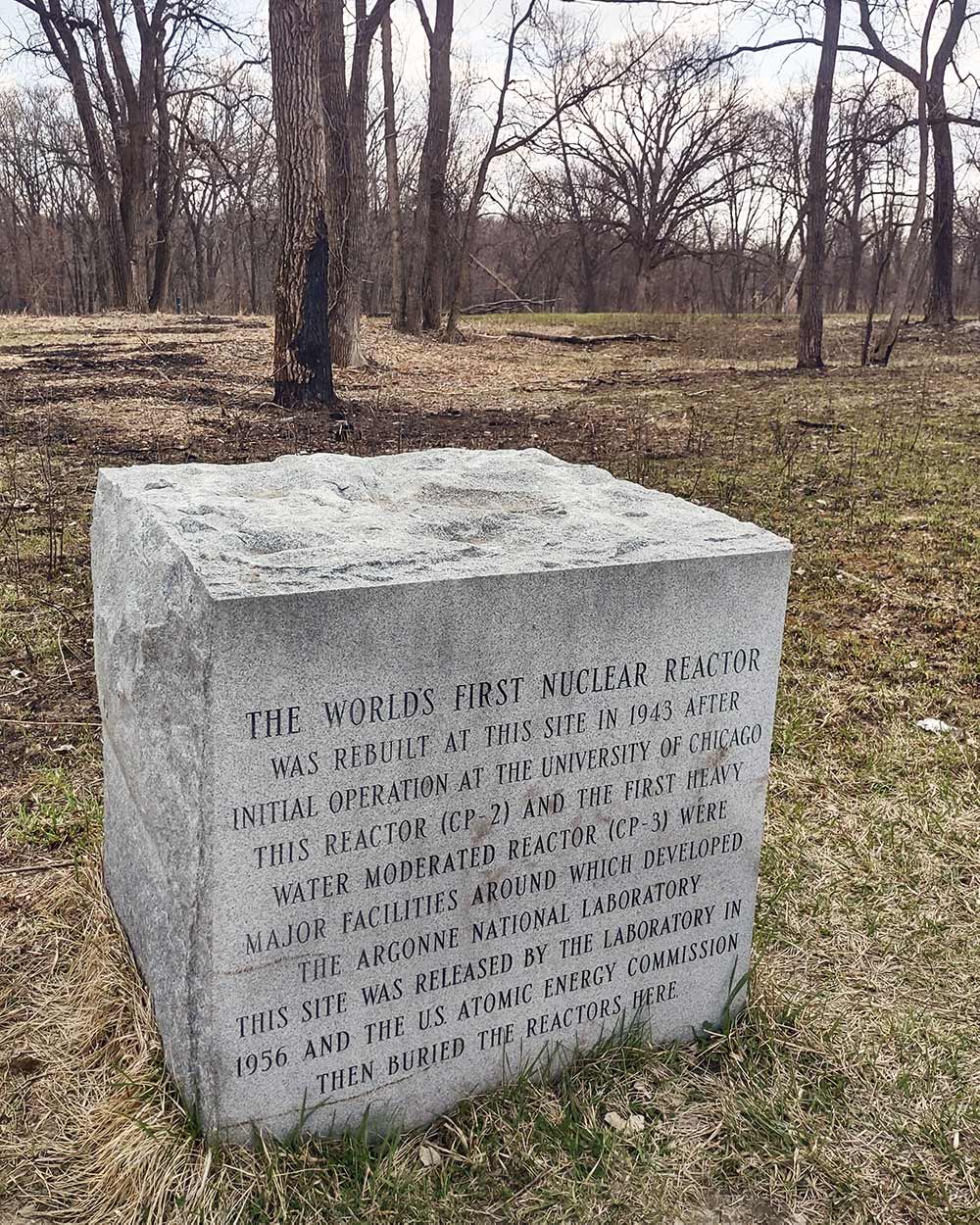
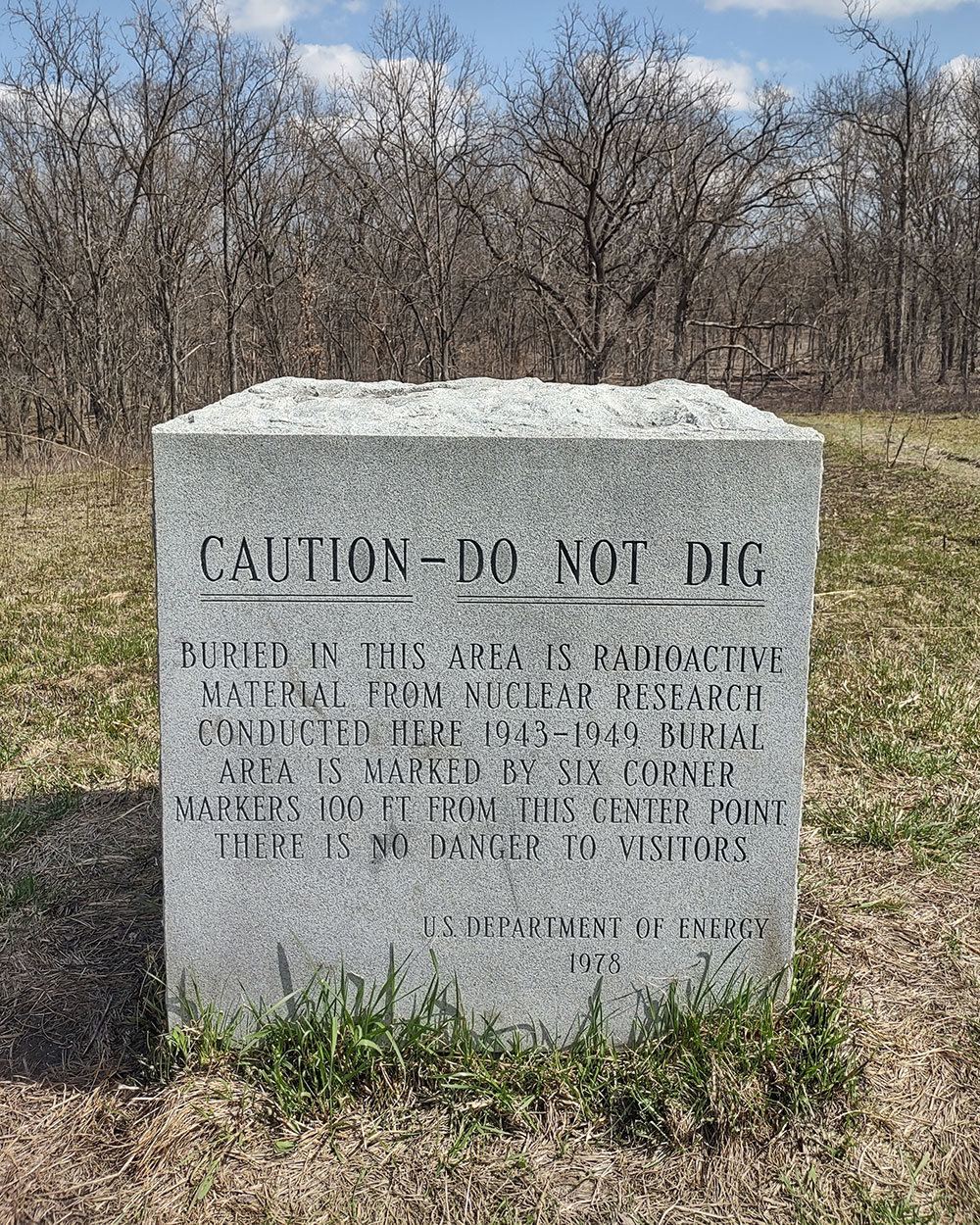
The Watershed space is a beautiful old gymnasium and a perfect site to exhibit this work- the map itself, the rapatronic screenprints, the fabric prints and the outfit sewed from the fabric by Congolese tailor Elysée Mutheba in Lubumbashi last year, as well as the archive of research materials and ephemera from my father’s life. We also managed to include further reproductions of the barrels stenciled “Produit du Congo” which feature so prominently in this story.
